#noaa
Text
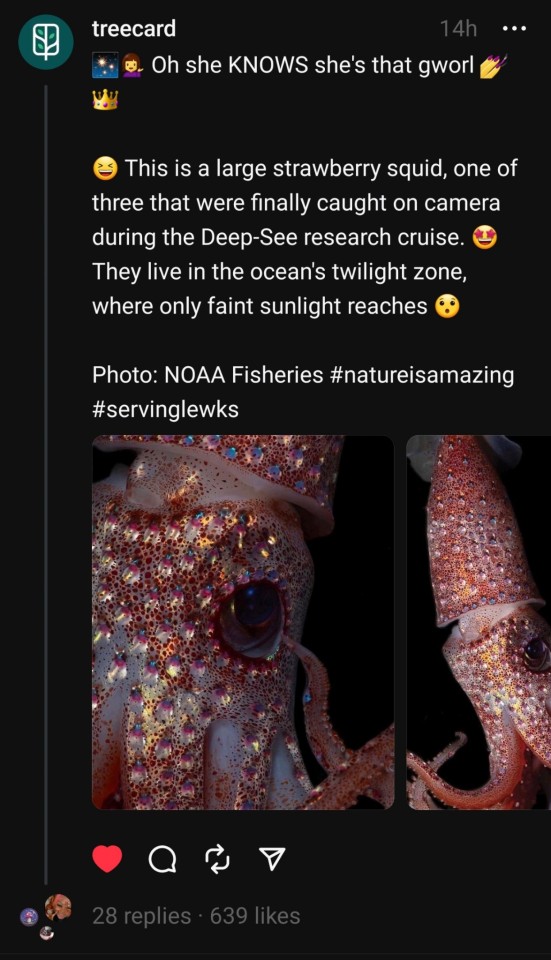

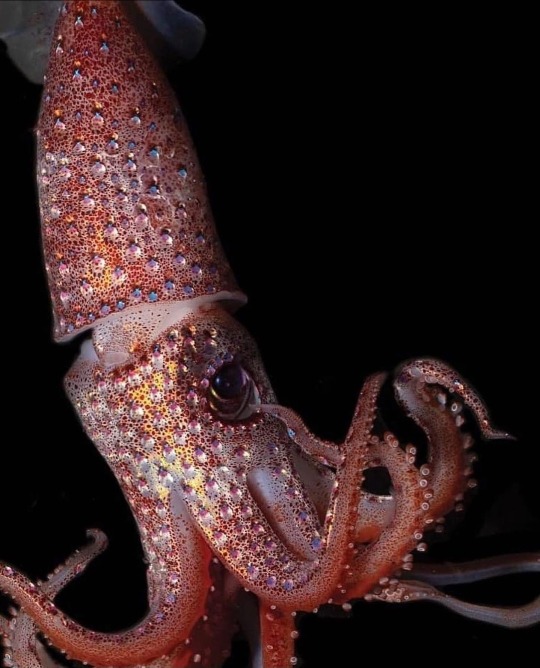
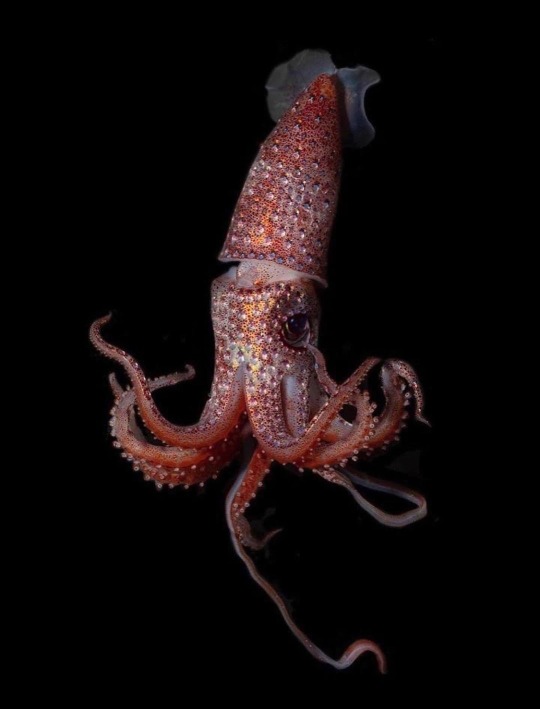
Wake up babe new fish dropped
#threads#deep sea creatures#strawberry squid#marine biology#deep see research cruise#noaa#noaa fisheries
47K notes
·
View notes
Photo

Gummy squrrel
A bizarre gelatinous creature that resembles a half-peeled banana was spotted by researchers in the Pacific Ocean. The creature, known as a gummy squirrel (Psychropotes longicauda), is actually a sea cucumber and was around 2 feet (60 cm) long.
(Image credit: DeepCCZ Expedition; Gordon & Betty Moore Foundaton and NOAA)
#deepccz expedition#gordon & betty moore foundation#noaa#photographer#gummy squirrel#pacific ocean#psychropotes longicauda#sea cucumber#marine#nature
2K notes
·
View notes
Text
BREAKING NEWS
NOAA considers sanctuary in waters around Pacific Remote Islands

Today, NOAA announced it is starting the process to potentially designate a new national marine sanctuary in the Pacific Remote Islands area under the Biden-Harris Administration. The proposed area in the central Pacific Ocean includes marine areas within the existing Pacific Remote Islands Marine National Monument, as well as currently unprotected submerged lands and waters, an area totaling about 770,000 square miles.


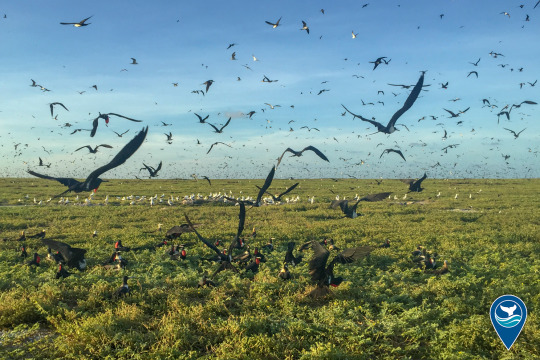

A sanctuary designation would help conserve the atolls, shoals, seamounts, banks and reefs surrounding the Pacific Remote Islands. This area is home to some of the most diverse and remarkable tropical marine ecosystems on the planet, and provides a haven for a host of wildlife, including corals, sharks, fish, marine mammals, seabirds and invertebrates.

NOAA invites the public to comment on the proposed sanctuary designation through June 2, 2023.
#EarthIsBlue#NOAA#News#Science#Marine Conservation#Breaking News#National Marine Sanctuary#Science News#Conservation#Ocean#Pacific Remote Islands#Pacific#Sea#Marine Life#Earth#Nature
1K notes
·
View notes
Text
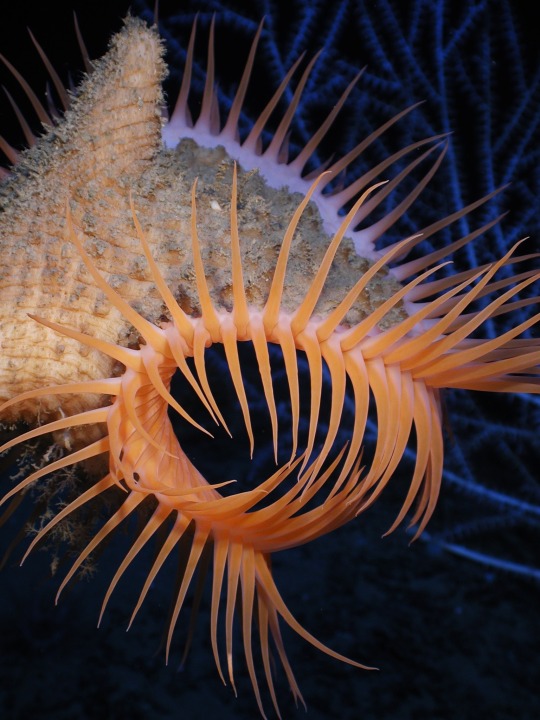
Have you ever seen a venus flytrap anemone? Members of the genus Actinoscyphia, these critters resemble their namesake plant but are actually marine invertebrates related to jellyfish. They can be found on the seafloor at depths of up to about 7,000 ft (2,133 m), where they lie in wait for passing food. These anemones use their tentacles to catch and consume detritus (decomposing organic waste) that's carried by the current. Growing as much as 1 ft (0.3 m) in length, their tentacles are lined with stinging nematocysts.
Photo: NOAA Photo Library, CC BY 2.0, Wikimedia Commons
#natural history#nature#anemone#sea life#science#marine life#ocean life#marine biology#fact of the day#invertebrates#marine invertebrates#cool animals#noaa
467 notes
·
View notes
Text
The solar eclipse of April 8th, as seen from the GOES-East weather satellite.
216 notes
·
View notes
Text
Comin’ in Hot: Seven Things to Know About our New Heat Shield
What goes up, must come down, and from space, without burning up in an atmosphere. That’s why we’re pumped for the Low-Earth Orbit Flight Test of an Inflatable Decelerator, or LOFTID. Launching on Nov. 1, 2022, with the National Oceanic and Atmospheric Administration’s (NOAA) Joint Polar Orbiting Satellite System-2 (JPSS-2) mission, this technology demonstration marks the next step in advancing an innovative heat shield design that could one day be used to land heavy payloads – including humans – on Mars!
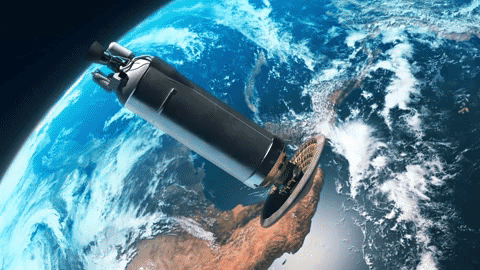
Here are seven things to know about this innovative re-entry system:
1. LOFTID is the first-ever in-orbit test of this technology.
Inflatable heat shields, called Hypersonic Inflatable Aerodynamic Decelerators (HIADs), have been in the works for more than a decade. In 2012, the third of the Inflatable Re-entry Vehicle Experiments (IRVE) launched on a suborbital sounding rocket from the Wallops Flight Facility, demonstrating a 3-meter (10-foot) diameter inflatable heat shield.
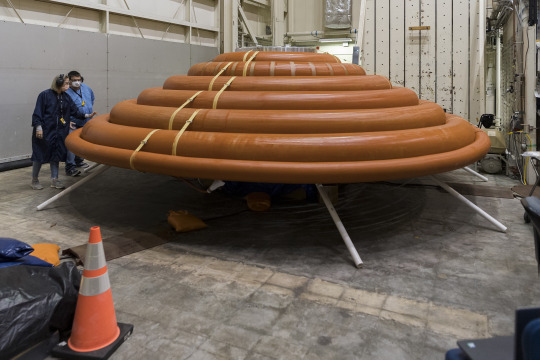
But the LOFTID re-entry vehicle, at 19.7 feet (6 meters) in diameter, will be the largest blunt body aeroshell to ever go through atmospheric entry. Designed to withstand temperatures as high as 2900°F (1600°C), this first-ever in-orbit test of this technology will prove if it can successfully slow down large payloads – such as crewed spacecraft, robotic explorers, and rocket components – enabling them to survive the heat of re-entry at planetary destinations with an atmosphere.
youtube
2. You can find out how this tech works in real-time.
LOFTID is unique in that all operations will happen within a few hours of launch. After the JPSS-2 satellite safely reaches orbit, the LOFTID vehicle will separate from the upper stage of the Atlas V rocket and begin re-entry into Earth’s atmosphere. If all goes as planned, the technology will help the vehicle decelerate from hypersonic (more than 25 times faster than the speed of sound) down to subsonic flight, less than 609 miles per hour for a safe splash down and recovery from the Pacific Ocean.
While in flight, engineers at NASA’s Langley Research Center will receive location data every 20 seconds and onboard sensors and cameras will record more comprehensive data about the technology’s performance. You can get a behind-the-scenes look at Langley’s Flight Mission Support Center where the LOFTID project team will be monitoring the flight test at NASA.gov/live following the launch.
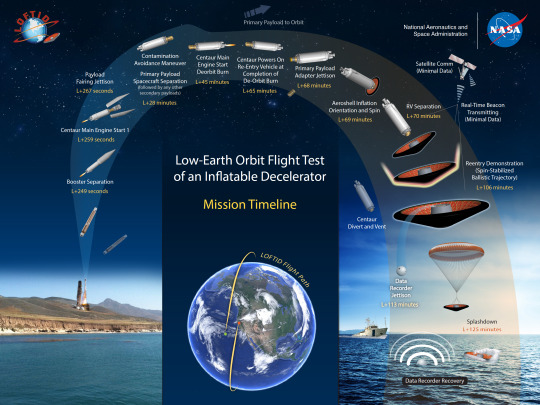
3. A lemon-sized capsule ejected into the Pacific Ocean will hold key flight data.
The LOFTID re-entry vehicle will record both sensor and camera data during its flight. The data will include the temperatures and pressures experienced by the heat shield and will illustrate how well the technology performed during the demonstration.
Although the goal is to retrieve the LOFTID re-entry vehicle after it splashes down in the Pacific Ocean, the team wanted a back-up option just in case they can’t recover it. Enter the tiny yellow package called an ejectable data module (EDM) which will also record flight data. The EDM will be released from the spacecraft at an altitude of about 50,000 feet. It will free fall into the Pacific Ocean off the coast of Hawaii and should land within 10 miles of the spacecraft’s splash down location. A recovery team, that has practiced hide-and-seek of the EDM on land and sea, will use GPS to search an approximately 900-mile area of the Pacific Ocean to find their “lemon.”
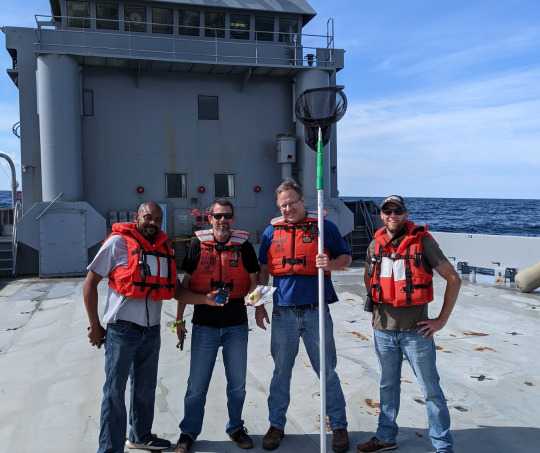
4. This heat shield packs a punch.
Although NASA has historically relied on rigid aeroshells, parachutes, and retro-propulsion (rockets) to decelerate people, vehicles, and hardware during entry, descent, and landing operations, a benefit of inflatable heat shields is that they take up less space in a rocket, allowing more room for other hardware or payloads. LOFTID’s aeroshell has been folded and tightly packed down to 4 by 1.5 feet for launch and stacked in the United Launch Alliance (ULA) Atlas V rocket payload fairing.

5. LOFTID is dedicated in honor of one of its innovators.
LOFTID was developed as a partnership with ULA and is dedicated to the memory of Bernard Kutter, ULA manager of advanced programs, who passed away in August 2020. Kutter was instrumental in advancing the inflatable heat shield design and developing the plan to test the system on an Atlas V rocket. He was an advocate for both space technology and expanding access to space. Kutter’s NASA and ULA counterparts agree that LOFTID is unlikely to have made it to space without his vision and passion.
youtube
6. LOFTID is made of tough stuff.
Synthetic fibers make up the inflatable structure, braided into tubes that are, by weight, 10 times stronger than steel. The tubes are coiled so that they form the shape of a blunt cone when inflated. The thermal protection system that covers the inflatable structure can survive searing entry temperatures up to 2,900 degrees Fahrenheit. Researchers used the same heat-shielding materials to create a fire shelter prototype for firefighters battling forest fires.
youtube
7. You can make your own LOFTID Halloween costume!
Still looking for an out-of-this world Halloween costume? With a few commonly found materials, like orange pool noodles and duct tape, you can create your own LOFTID costume. However, we make no promises of protecting or slowing you down from becoming the life of the party.

Follow @NASA_Technology for the latest updates on LOFTID. Don’t miss our live coverage leading up to launch from the Vandenberg Space Force Base in California. The NASA Edge JPSS-2 Tower Rollback Show airs live on NASA TV and YouTube on Tuesday, Nov. 1 at 12 a.m. EDT, and NASA TV live launch coverage will begin at 4:45 a.m. EDT.
Make sure to follow us on Tumblr for your regular dose of space!
1K notes
·
View notes
Text

Satellite view of the eye of Hurricane Dorian approaching the Bahamas, 2019.
66 notes
·
View notes
Text

Tonight I learned my camera can take some sick night shots and it can pick up the stars :o
Here's one of the NOAA Hurricane Hunters little storm chasers. I see these hop up every time there's sketchy weather forming and they come back with data that helps us know whats up with em
28 notes
·
View notes
Photo

Warmest Day of the Year in the US
The June values in New Mexico, Arizona, and Texas reflect the impact of the North American Monsoon, a period of increased rainfall affecting the U.S. Southwest. Because these areas tend to be cloudier and wetter from July through September, the temperature is highest on average in June. For example, the warmest day of the year in Terlingua, TX is June 11th. Conversely, the persistence of the marine layer along the Pacific Coast leads to cool temperatures in early summer, with the warmest days on average occurring as late as October. In fact, daily high temperature normals peak on October 2 in San Francisco.
99 notes
·
View notes
Text
Dharna Noor at The Guardian:
Climate experts fear Donald Trump will follow a blueprint created by his allies to gut the National Oceanic and Atmospheric Administration (Noaa), disbanding its work on climate science and tailoring its operations to business interests.
Joe Biden’s presidency has increased the profile of the science-based federal agency but its future has been put in doubt if Trump wins a second term and at a time when climate impacts continue to worsen.
The plan to “break up Noaa is laid out in the Project 2025 document written by more than 350 rightwingers and helmed by the Heritage Foundation. Called the Mandate for Leadership: The Conservative Promise, it is meant to guide the first 180 days of presidency for an incoming Republican president.
The document bears the fingerprints of Trump allies, including Johnny McEntee, who was one of Trump’s closest aides and is a senior adviser to Project 2025. “The National Oceanographic [sic] and Atmospheric Administration (Noaa) should be dismantled and many of its functions eliminated, sent to other agencies, privatized, or placed under the control of states and territories,” the proposal says.
That’s a sign that the far right has “no interest in climate truth”, said Chris Gloninger, who last year left his job as a meteorologist in Iowa after receiving death threats over his spotlighting of global warming.
The guidebook chapter detailing the strategy, which was recently spotlighted by E&E News, describes Noaa as a “colossal operation that has become one of the main drivers of the climate change alarm industry and, as such, is harmful to future US prosperity”. It was written by Thomas Gilman, a former Chrysler executive who during Trump’s presidency was chief financial officer for Noaa’s parent body, the commerce department.
Gilman writes that one of Noaa’s six main offices, the Office of Oceanic and Atmospheric Research, should be “disbanded” because it issues “theoretical” science and is “the source of much of Noaa’s climate alarmism”. Though he admits it serves “important public safety and business functions as well as academic functions”, Gilman says data from the National Hurricane Center must be “presented neutrally, without adjustments intended to support any one side in the climate debate”.
[...]
Noaa also houses the National Weather Service (NWS), which provides weather and climate forecasts and warnings. Gilman calls for the service to “fully commercialize its forecasting operations”.
He goes on to say that Americans are already reliant on private weather forecasters, specifically naming AccuWeather and citing a PR release issued by the company to claim that “studies have found that the forecasts and warnings provided by the private companies are more reliable” than the public sector’s. (The mention is noteworthy as Trump once tapped the former CEO of AccuWeather to lead Noaa, though his nomination was soon withdrawn.)
The claims come amid years of attempts from US conservatives to help private companies enter the forecasting arena – proposals that are “nonsense”, said Rosenberg.
Right now, all people can access high-quality forecasts for free through the NWS. But if forecasts were conducted only by private companies that have a profit motive, crucial programming might no longer be available to those in whom business executives don’t see value, said Rosenberg.
[...]
Fully privatizing forecasting could also threaten the accuracy of forecasts, said Gloninger, who pointed to AccuWeather’s well-known 30- and 60-day forecasts as one example. Analysts have found that these forecasts are only right about half the time, since peer-reviewed research has found that there is an eight- to 10-day limit on the accuracy of forecasts.
The Trump Administration is delivering a big gift to climate crisis denialism as part of Project 2025 by proposing the dismantling and privatizing the National Oceanic and Atmospheric Administration (NOAA) and National Weather Service (NWS) in his potential 2nd term.
This should frighten people to vote Democratic up and down the ballot if you want the NOAA and NWS to stay intact.
#Project 2025#Climate Change#Climate Crisis#Weather#AccuWeather#National Weather Service#NOAA#NWS#John McEntee#The Heritage Foundation#Donald Trump#Climate Change Denialism#Office of Oceanic and Atmospheric Research#National Oceanic and Atmospheric Administration#Climate Crisis Denial
13 notes
·
View notes
Text
youtube
Summary: no audio. No words. Just a few seconds of a red jellyfish in the deep blue ocean (Gulf of Mexico) gracefully swimming along.
Sometimes, when the world gets me down, I like to remember that the vast ocean is also a whole world. And a lot of that world is as graceful and quiet as this.
29 notes
·
View notes
Text
Atlantic Tropical Weather Outlook issued by the National Hurricane Center in Miami, FL, USA
2024-04-24, 20:00 EDT

For the North Atlantic...Caribbean Sea and the Gulf of Mexico:
East-Central Subtropical Atlantic: An area of low pressure located about 900 miles northwest of the Cabo Verde Islands has been producing a small but persistent area of showers and thunderstorms to the east of its center since this morning. However, the low is forecast to move southwestward at 10 to 15 mph into an area of stronger upper-level winds tonight and tomorrow, and additional development is not expected.
No additional Special Tropical Weather Outlooks are scheduled for this system unless conditions warrant. Regularly scheduled Tropical Weather Outlooks will resume on May 15, 2024, and Special Tropical Weather Outlooks will be issued as necessary during the remainder of the off-season.
* Formation chance through 48 hours...low...10 percent.
* Formation chance through 7 days...low...10 percent.
$$ Forecaster Berg/Brown
#sorry the beginning of the text was cut off at first! fixed now#the NHC changes the advisory formatting every year ever so slightly so i have to adjust how the bot parses them the first few posts lol#not gonna bother fixing the text timestamp since they sorta just post the special advisories whenever#bot tags:#bot post#meteorology#weather#tropical weather#tropical storm#tropical depression#hurricane#atlantic#atlantic ocean#caribbean#gulf of mexico#noaa#national oceanic and atmospheric administration#nhc#national hurricane center
15 notes
·
View notes
Text

Man, if we didn't know better, I'd say the moon's shadow when viewed from space looks almost apocalyptic.
And, videos!
youtube
ETA: If my map-reading skills are right, the top image is looking (roughly) northwest over New Brunswick, Canada, with the western tip of Prince Edward Island on the lower-right corner and the Bay of Fundy along the bottom.
#NASA#space#astronomy#eclipse#solar eclipse#GOES satellite#NOAA#New Brunswick#International Space Station
11 notes
·
View notes
Text
NEW SPECIES ALERT 🚨
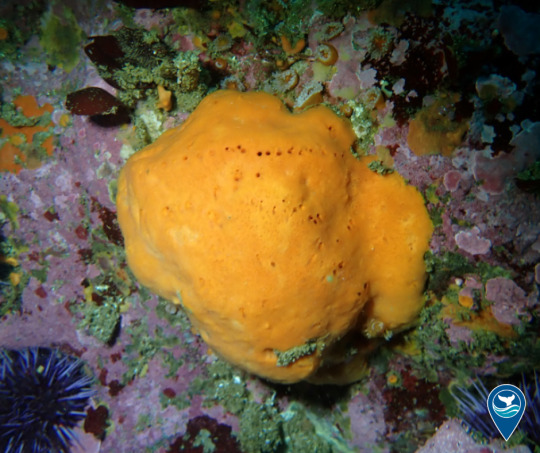
A newly discovered sponge, Megaciella sanctuarium, has been named in honor of Monterey Bay National Marine Sanctuary!
The new species of sponge was discovered in the sanctuary during a research cruise aboard the sanctuary’s 22-foot small boat, the R/V Tegula. Tom Turner, Ph.D., a professor and sponge expert from U.C. Santa Barbara, dove with Steve Lonhart, Ph.D., a research ecologist for Monterey Bay National Marine Sanctuary.
“It is amazing to me that new species are still being discovered within normal diving depths,” said Lonhart. “After diving in central California since 1988, I realize there is still so much to discover, and Dr. Turner is really exposing the incredible biodiversity of sponges found right here in our very own sanctuary.”
#EarthIsBlue#NewSpecies#Science#Ocean#MontereyBay#Discovery#News#conservation#california#national marine sanctuary#nature#noaa#diving
661 notes
·
View notes
Text
I fucking love water cycle graphs vote on your favorite water cycle graph NOW (ESA, NOAA, USGS respectively)
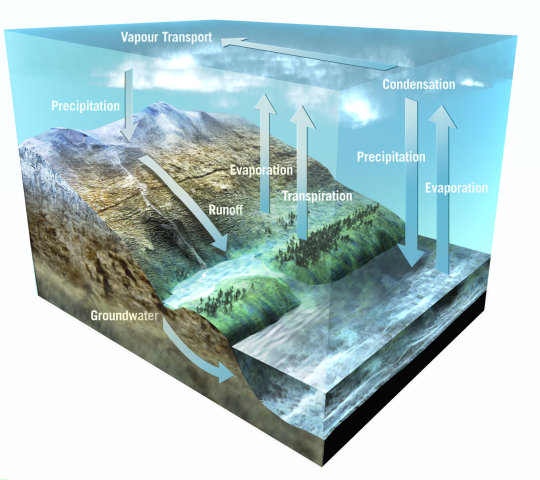
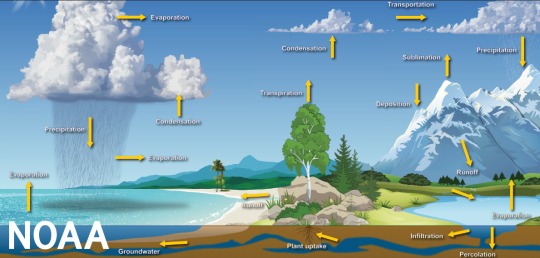

#water cycle#lakeposting#lake#poll#ocean#water#precipitation#rain#river#hydrology#groundwater#noaa#esa#usgs#science#environment#chemistry#nature#outdoors
420 notes
·
View notes
Text
A closer and slower view of the April 8th eclipse, also from GOES East.
50 notes
·
View notes